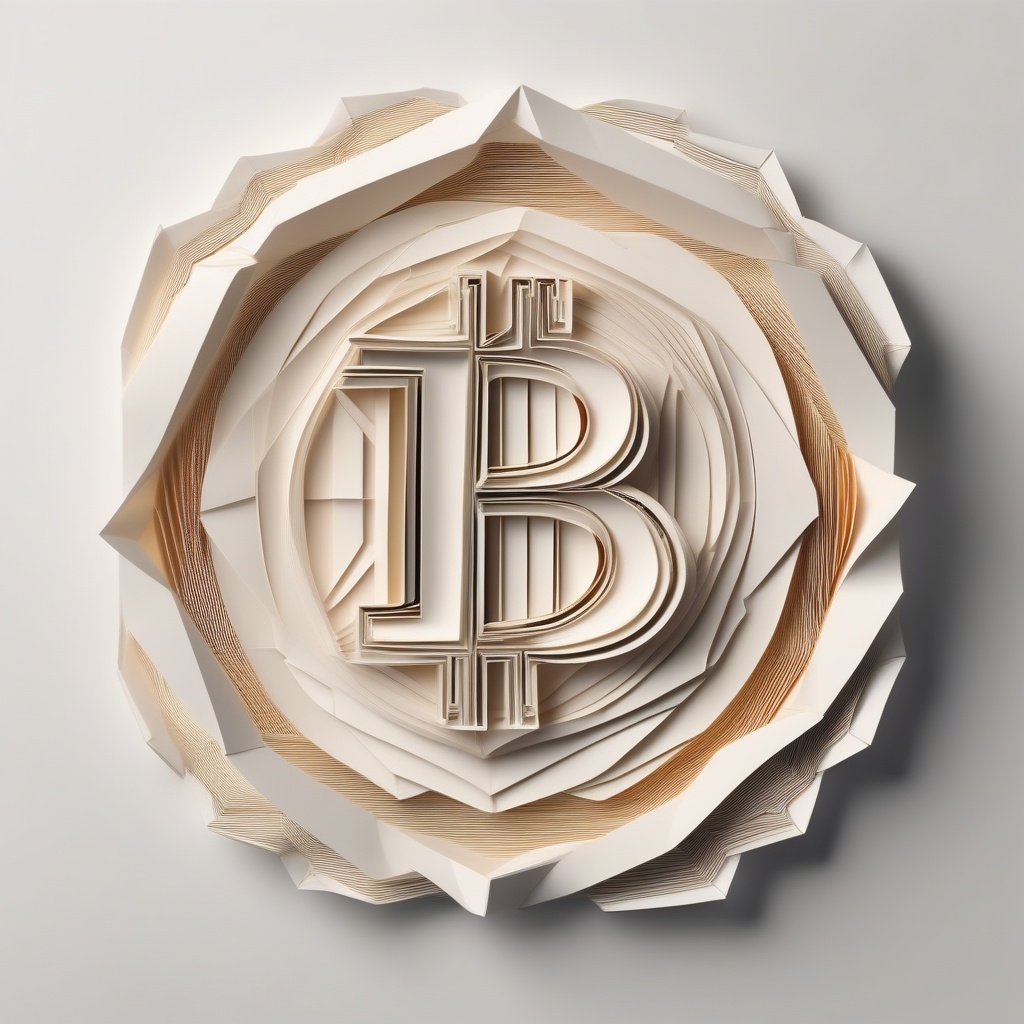Could you please elaborate on the key distinctions between IOTA and Bitcoin? I'm particularly interested in understanding how their underlying technologies, scalability, and use cases vary. Additionally, could you also discuss the potential advantages and disadvantages of each, as well as their respective positions in the cryptocurrency market? It would be helpful to get a comprehensive comparison that highlights the unique characteristics of both IOTA and Bitcoin.

5 answers
 MatthewThomas
Thu May 30 2024
MatthewThomas
Thu May 30 2024
On the other hand, the IOTA Tangle operates on a different principle. Instead of a linear chain of blocks, the Tangle is a directed acyclic graph (DAG) where each transaction acts as a validator for two previous ones.
 Tommaso
Thu May 30 2024
Tommaso
Thu May 30 2024
Cryptocurrencies such as IOTA stand out for their unique features, one of which is the absence of transaction fees. This attribute sets it apart from traditional financial systems, offering a cost-effective solution for transactions.
 Elena
Thu May 30 2024
Elena
Thu May 30 2024
This innovative structure allows for a high degree of scalability and removes the need for miners or transaction fees. As a result, IOTA can potentially handle a significantly higher number of transactions per second.
 CryptoLodestarGuard
Thu May 30 2024
CryptoLodestarGuard
Thu May 30 2024
In contrast, the Bitcoin Blockchain operates by continuously adding blocks to its chain. Each block contains a set of transactions, and the system has a finite capacity.
 CosmicDream
Thu May 30 2024
CosmicDream
Thu May 30 2024
Currently, the Bitcoin Blockchain's maximum throughput is approximately 7 transactions per second (TPS). This limitation can lead to congestion and increased transaction costs during peak periods.

